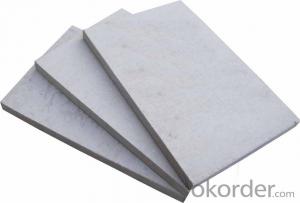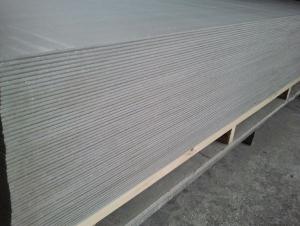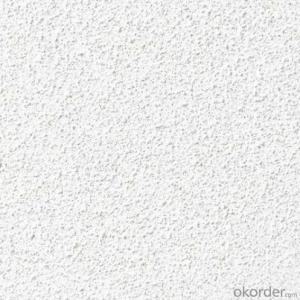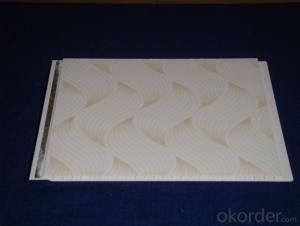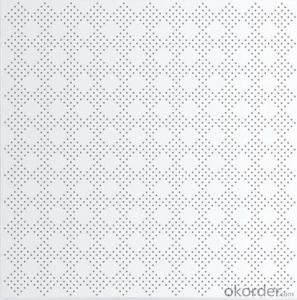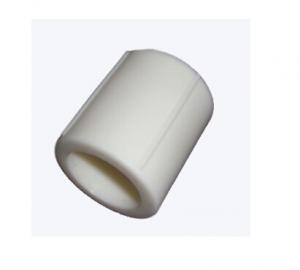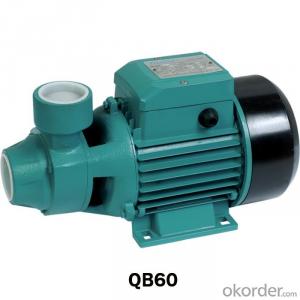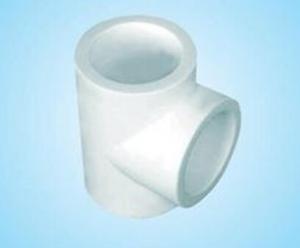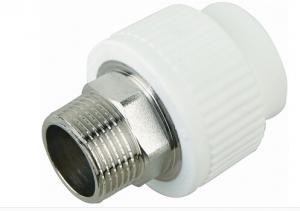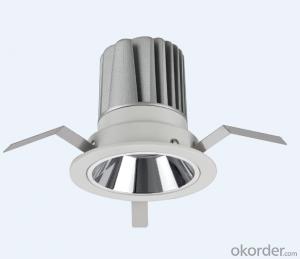Solar With Electric Inverter
Solar With Electric Inverter Related Searches
Stainless Steel Bucket With Lid Hot Water Bottle With Hose High Five Stainless Steel Prop Solar Panel Kit With Inverter Rv Solar System With Inverter Cover Ham With Aluminum Foil Aluminum Post With Base Plate Wrap Feet With Aluminum Foil Curl Hair With Aluminum Foil Aluminum Foil Pans With LidsHot Searches
Price For Stainless Steel Scrap Scrap Price For Stainless Steel Price For Stainless Steel Cheap High Tea Sets For Sale Price Of Shipping Containers For Sale Stock Price For Aluminum Cheap Solar Cells For Sale Air Pump For Aquarium Price Inverter Size For Solar System Used Foam Board Insulation For Sale Price List For Building Materials Magnesium Oxide Board For Sale Hdf Board For Sale sintra board for sale Cheap Mini Laptops For Sale Plywood For Sale Cheap Cheap Washers For Sale Cheap Tall Vases For Sale Solar With Inverter Price Price For Stainless Steel ScrapSolar With Electric Inverter Supplier & Manufacturer from China
Okorder.com is a professional Solar With Electric Inverter supplier & manufacturer, offers integrated one-stop services including real-time quoting and online cargo tracking. We are funded by CNBM Group, a Fortune 500 enterprise and the largest Solar With Electric Inverter firm in China.Hot Products
FAQ
- A solar inverter handles voltage regulation during load changes by continuously monitoring the load and adjusting the inverter's output voltage accordingly. It uses various control mechanisms to maintain a stable voltage output, such as pulse width modulation (PWM) and maximum power point tracking (MPPT) algorithms. These algorithms enable the inverter to regulate its output voltage to match the load requirements, ensuring a consistent and reliable power supply.
- A solar inverter regulates voltage in the grid by converting the DC power generated by the solar panels into AC power that matches the voltage and frequency of the grid. It monitors the grid's voltage level and adjusts the output accordingly to ensure a stable and consistent supply of power. Additionally, it also helps in maintaining power quality by maintaining the grid's voltage within the specified range and compensating for fluctuations or variations in voltage levels.
- Yes, a solar inverter can work without batteries. Solar inverters are devices that convert the direct current (DC) produced by solar panels into alternating current (AC) which can be used to power household appliances or fed into the electrical grid. While batteries can store excess energy produced by the solar panels, they are not necessary for the basic functioning of a solar inverter. The inverter can directly convert the DC power into AC power for immediate use without the need for energy storage.
- The key factors affecting the lifespan of a solar inverter are the quality of components used, the level of maintenance and care, the operating environment, and the overall design and build quality of the inverter.
- A solar inverter handles voltage sags and swells by constantly monitoring the grid voltage. When a sag or swell is detected, it quickly adjusts its output voltage accordingly to ensure a stable and consistent flow of power to the connected solar panels. This helps protect the panels from potential damage and maintains optimal performance.
- To size a solar inverter for a solar power system, you need to consider the maximum power output of the solar panels and the total load you want to power. The inverter's capacity should be equal to or greater than the total power output of the solar panels to ensure efficient energy conversion. Additionally, you should also consider the voltage and current requirements of the load to ensure compatibility with the inverter. It is recommended to consult with a professional or use online sizing tools to accurately determine the appropriate inverter size for your specific solar power system.
- The key factors affecting the compatibility of a solar inverter with other system components include the voltage and frequency requirements, the type of PV modules used, the communication protocols supported, the maximum power output capacity, the efficiency and reliability of the inverter, and the overall system design and configuration.
- Yes, a solar inverter can be used with a hybrid solar system. A hybrid solar system combines both solar power and battery storage, allowing for the utilization of solar energy during the day and stored energy during the night or periods of low sunlight. The solar inverter is responsible for converting the direct current (DC) electricity produced by the solar panels into alternating current (AC) electricity that can be used to power household appliances and be fed into the electrical grid. Therefore, a solar inverter plays a crucial role in ensuring the efficient functioning of a hybrid solar system.

